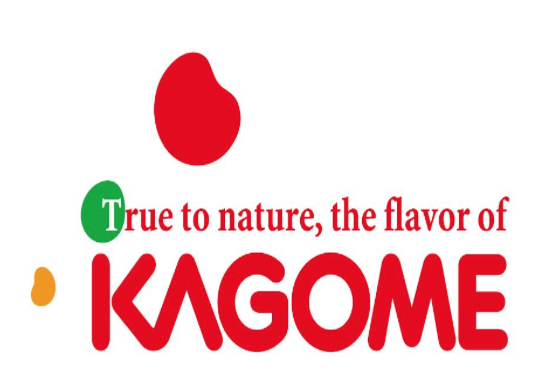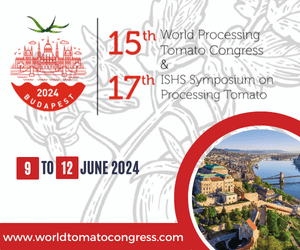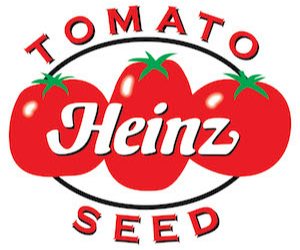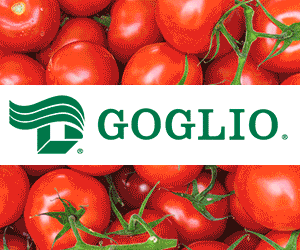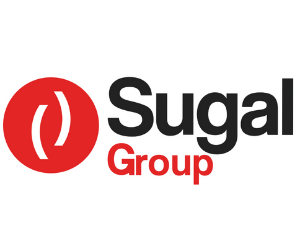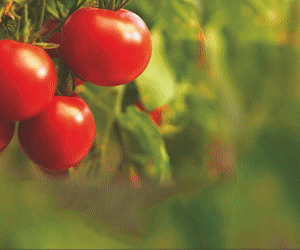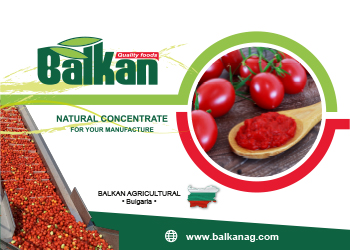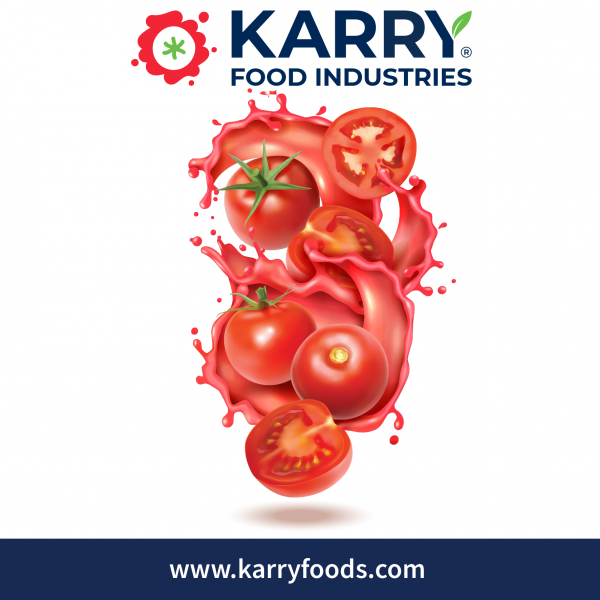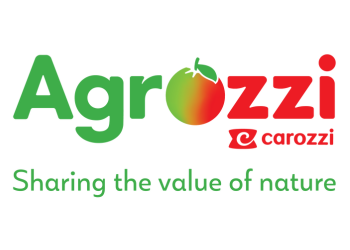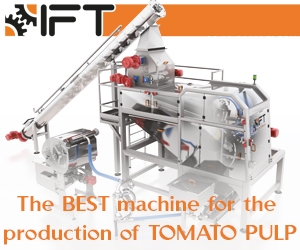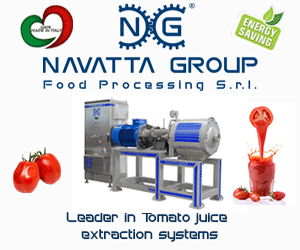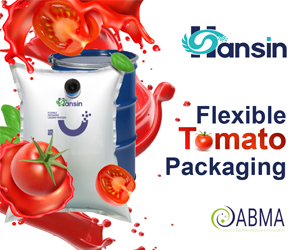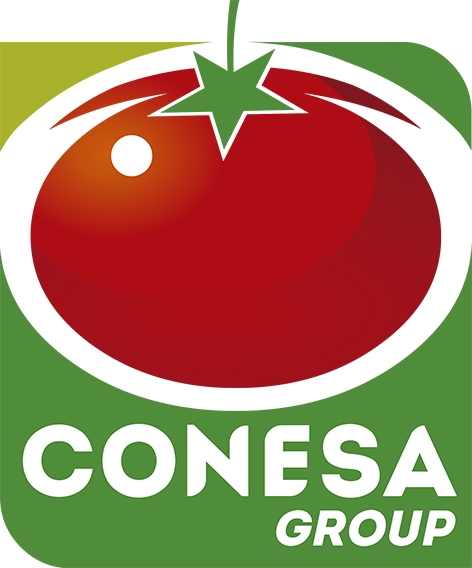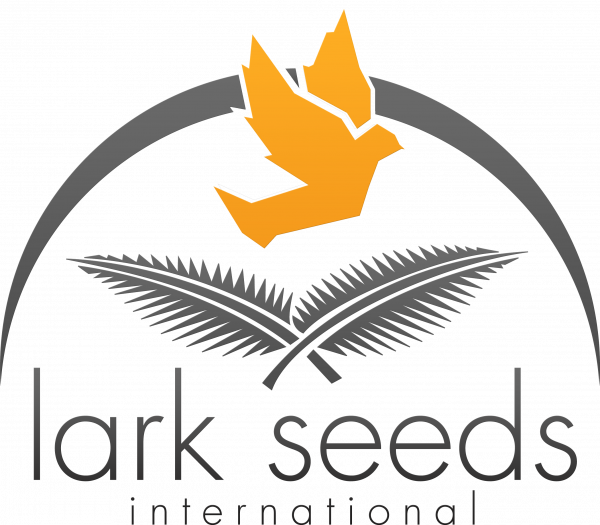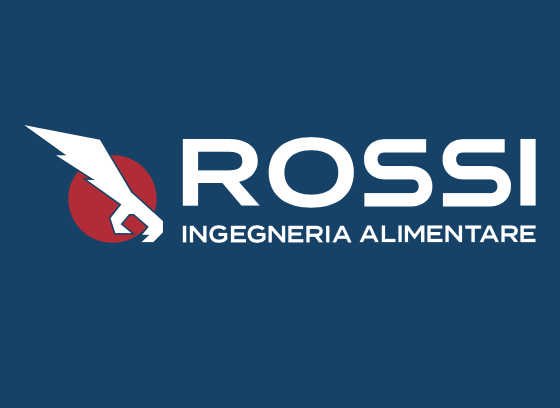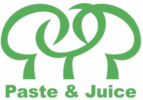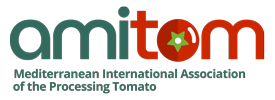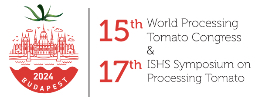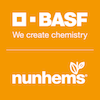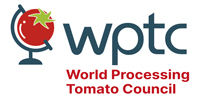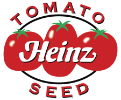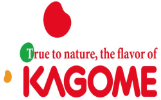Alternaria species are fungi widely distributed in the soil as normal components of its microflora, and are both saprophytes and plant pathogens. Alternaria species produce more than 70 secondary metabolites, some of them chemically characterized and reported to act as mycotoxins to humans and animals. Alternaria fungi are common plant pests in cereals, oilseeds, fruits and vegetables, among other foods, and the presence of Alternaria toxins in these commodities is widely reported in the literature.
The highest concentrations of the four toxins (alternariol (AOH), alternariol monomethyl ether (AME), tenuazonic acid (TeA) and tentoxin (TEN)) have been reported for sunflower seeds, and the contribution to dietary exposure to these toxins has mainly been observed from grain and grain-based products, vegetables and vegetable products (in particular tomato products), fruits and fruit products (including fruit and vegetable juices), alcoholic beverages, oilseeds and vegetable oils.
It has now been established that toxins from Alternaria pose a threat to human and animal health, with deleterious effects on the heart and lungs, allergy induction and proven mutagenic and genotoxic effects. Tenuazonic acid is the most harmful toxin for the body, especially the heart.
A chain of conidia of an Alternaria sp. fungus Photo by CDC/Dr. Lucille K. Georg.
All species are known as major plant pathogens. They are also common allergens in humans, growing indoors and causing hay fever or hypersensitivity reactions that sometimes lead to asthma. They are present in the human mycobiome and readily cause opportunistic infections in immunocompromised people.
Many human health disorders can be caused by these fungi, which grow on skin and mucous membranes, including on the eyeballs and within the respiratory tract. Allergies are common, but serious infections are rare, except in people with compromised immune systems. However, species of this fungal genus are often prolific producers of a variety of toxic compounds.
The effects of Alternaria toxins on human health
Scientific opinion and the attitude of public authorities have not always been unanimous, but have changed rapidly and radically in recent years, as shown by the conclusions of several recent studies carried out in various countries.
According to a study carried out by the Canadian government between April 2018 and March 2019, "TeA is the mycotoxin produced by species of the genus Alternaria that presents the most acute toxicity. In one study, oral administration of TeA salts to mice and rats resulted in cardiovascular collapse. AOH and AME are of low acute toxicity, but mutagenic and genotoxic effects have been observed in cell cultures and laboratory animals. These toxins caused the death of rat fetuses. Inhalation exposure to Alternaria can cause asthma, infections and allergies. Dietary exposure has been associated with a variety of adverse health effects. TeA has been linked to hematological disorders in humans.”
In a 2009 report from the French food safety agency AFFSA (now ANSES), experts stressed: "It is important to mention from the outset that these toxins (alternariol, methyl ether alternariol, tenuazonic acid, altenuene, altertoxins, etc.) are only found in very small quantities in food products, so exposure by humans or animals is therefore limited. However, experimental toxicological studies prove the toxicity of some of them, with a number of studies suggesting their involvement in esophageal cancer in China and in a hematological disease present in Africa, Onyalai.
The presence of mold of the Alternaria genus poses a problem for human health through inhalation, as the organisms are powerful allergens that can increase the severity of asthma, mainly in children who are heavily exposed to them (Downs et al. 2001).
However, no proven cases of human mycotoxicosis due to the ingestion of food contaminated with Alternaria toxins have been reported. But studies have suggested that they may be involved in certain human diseases, notably esophageal cancer in Linxian, China. Indeed, Alternaria alternata is frequently found in grains from Linxian, a Chinese region with a high incidence of esophageal cancer.
Finally, we should point out that tenuazonic acid is one of the possible causes of Onyalai, a hematological disease endemic to Africa, especially in regions south of the Sahara. This acute condition is characterized by oral hemorrhagic lesions."
In its 2009 conclusions, the AFSSA report considered that "in view of the available data, there are currently no objective reasons to consider the danger of toxins produced by Alternaria as a priority in terms of food and feed safety. However, toxicological studies, mainly carried out in vitro, suggest mutagenic characteristics which will have to be confirmed or invalidated by in vivo studies in animals receiving doses compatible with existing contamination data. In addition, vigilance must be maintained with regard to the qualification of these toxins as natural contaminants, through surveys or even monitoring plans.”
Finally, in a thesis presented in 2016 at the University of Bordeaux, the author states that "in humans, Alternaria spp are mainly responsible for skin infections, ear infections, keratitis and severe allergies. Alternaria alternata is known to be a powerful allergen, triggering major reactions (asthma or rhinitis) during the summer months. The Alternaria genus is particularly well known for its allergenicity, due to the easy dissemination of its spores, but it also has an impact on health through the ingestion of its metabolites. The mycotoxins secreted are tenuazonic acid, Alternariol, Altenuene and Altertoxins 1, 2 and 3. Despite their low concentration in food, they are nevertheless found in many products infested with Alternaria spp (fruit and vegetables). However, human and animal exposure remains limited.
Although they have antiviral, antifungal and antibacterial properties, ingestion of these toxins can cause genetic mutations.
In addition to their economic impact on breeders, farmers and the agri-food industry, mycotoxins generally represent a real danger to human and animal health, as they are responsible for acute and chronic toxicity. Their effects are insidious and difficult to quantify: carcinogenesis, hepatotoxicity, nephrotoxicity, immunotoxicity, hematotoxicity, neurotoxicity, teratogenesis, and more specifically for Alternaria toxins, cytotoxicity, reprotoxicity, genotoxicity… However, the presence of toxins and fungi in food is random and makes it difficult to assess the mycotoxic risk, thus posing a food safety problem.”
Assessment measures decided by the EU
It is precisely to assess this now well-identified risk that the EU Commission wants to find an answer. In a recommendation dated April 2022, the Commission points out that:
 The European Food Safety Authority (EFSA) Panel on Contaminants in the Food Chain (CONTAM) adopted a scientific opinion in 2011 on the risks that the presence of Alternaria in food poses to animal and public health.
The European Food Safety Authority (EFSA) Panel on Contaminants in the Food Chain (CONTAM) adopted a scientific opinion in 2011 on the risks that the presence of Alternaria in food poses to animal and public health. EFSA also published more recently a scientific report on the dietary exposure assessment of Alternaria toxins in the European population. It concluded that the estimated chronic dietary exposure to the Alternaria toxins alternariol, alternariol monomethyl ether and tenuazonic acid exceeds the relevant threshold of toxicological concern, indicating a need for additional compound-specific toxicity data.
EFSA also published more recently a scientific report on the dietary exposure assessment of Alternaria toxins in the European population. It concluded that the estimated chronic dietary exposure to the Alternaria toxins alternariol, alternariol monomethyl ether and tenuazonic acid exceeds the relevant threshold of toxicological concern, indicating a need for additional compound-specific toxicity data. EFSA recommended that more occurrence data should be gathered on the presence of Alternaria toxins in relevant foodstuffs (fruit and fruit products, tomatoes and tomato-based products, and cereal-based food for infants and young children, among others). EFSA also recommended that more sensitive analytical methods be used in order to reduce the uncertainty about the exposure to the various Alternaria toxins due to the high proportion of data reported as ‘below the limit of quantification (LOQ)’ in the currently available dataset as the analytical methods used were not always sufficiently sensitive.
EFSA recommended that more occurrence data should be gathered on the presence of Alternaria toxins in relevant foodstuffs (fruit and fruit products, tomatoes and tomato-based products, and cereal-based food for infants and young children, among others). EFSA also recommended that more sensitive analytical methods be used in order to reduce the uncertainty about the exposure to the various Alternaria toxins due to the high proportion of data reported as ‘below the limit of quantification (LOQ)’ in the currently available dataset as the analytical methods used were not always sufficiently sensitive. Good agricultural practices, good storage and transport conditions and good manufacturing practices can reduce or prevent the presence of Alternaria toxins in food. More information must however be gathered on the factors that lead to relatively high levels of Alternaria toxins in certain foodstuffs in order to be able to identify the measures to be taken to avoid or reduce the presence of these Alternaria toxins in these foodstuffs.
Good agricultural practices, good storage and transport conditions and good manufacturing practices can reduce or prevent the presence of Alternaria toxins in food. More information must however be gathered on the factors that lead to relatively high levels of Alternaria toxins in certain foodstuffs in order to be able to identify the measures to be taken to avoid or reduce the presence of these Alternaria toxins in these foodstuffs. To provide orientation on when it would be appropriate to identify the factors that lead to relatively high levels or even significant levels of Alternaria toxins in foodstuffs, it is necessary to establish indicative values for foods based on the data available in EFSA’s database. Indicative levels have only been set for the foodstuffs for which sufficient occurrence data are available.
To provide orientation on when it would be appropriate to identify the factors that lead to relatively high levels or even significant levels of Alternaria toxins in foodstuffs, it is necessary to establish indicative values for foods based on the data available in EFSA’s database. Indicative levels have only been set for the foodstuffs for which sufficient occurrence data are available. It is therefore appropriate to recommend the monitoring of Alternaria toxins in food and the identification of the factors resulting in their high levels in certain food.
It is therefore appropriate to recommend the monitoring of Alternaria toxins in food and the identification of the factors resulting in their high levels in certain food.
On April 5, 2022, considering all of these issues, the EU Commission adopted this recommendation:
 Member States, in close cooperation with the food business operators should monitor the Alternaria toxins alternariol, alternariol monomethyl ether and tenuazonic acid in food, in particular in processed tomato products, paprika powder, sesame seeds, sunflower seeds, sunflower oil, tree nuts, dried figs and cereal-based foods for infants and young children. If possible, other Alternaria toxins should also be analyzed and the results reported to the European Food Safety Authority.
Member States, in close cooperation with the food business operators should monitor the Alternaria toxins alternariol, alternariol monomethyl ether and tenuazonic acid in food, in particular in processed tomato products, paprika powder, sesame seeds, sunflower seeds, sunflower oil, tree nuts, dried figs and cereal-based foods for infants and young children. If possible, other Alternaria toxins should also be analyzed and the results reported to the European Food Safety Authority. To ensure that the samples are representative, Member States should follow the relevant sampling procedures laid down in Commission Regulation (EC) No 401/2006 of 23 February 2006. For processed tomato products, the sampling procedure should be performed in accordance with the rules set out in Part H (liquid products) or Part I (solid products) of Annex I to Regulation (EC) No 401/2006. Where the sampling procedure applied by the food business operator deviates from the procedure set out in Regulation (EC) No 401/2006, it should remain representative for the lot.
To ensure that the samples are representative, Member States should follow the relevant sampling procedures laid down in Commission Regulation (EC) No 401/2006 of 23 February 2006. For processed tomato products, the sampling procedure should be performed in accordance with the rules set out in Part H (liquid products) or Part I (solid products) of Annex I to Regulation (EC) No 401/2006. Where the sampling procedure applied by the food business operator deviates from the procedure set out in Regulation (EC) No 401/2006, it should remain representative for the lot. For the determination of alternariol and alternariol monomethyl ether, the LOQ should not be higher than 2 μg/kg in cereal-based foods for infants and young children and 4 μg/kg in other foods, and for the determination of tenuazonic acid, the LOQ should not be higher than 20 μg/kg in all foods.
For the determination of alternariol and alternariol monomethyl ether, the LOQ should not be higher than 2 μg/kg in cereal-based foods for infants and young children and 4 μg/kg in other foods, and for the determination of tenuazonic acid, the LOQ should not be higher than 20 μg/kg in all foods. Member States, with the active involvement of the food business operators, should carry out investigations to identify the factors resulting in these levels above the indicative levels and to clarify the effects of processing on the level of these Alternaria toxins, provided in Annex to this Recommendation.
Member States, with the active involvement of the food business operators, should carry out investigations to identify the factors resulting in these levels above the indicative levels and to clarify the effects of processing on the level of these Alternaria toxins, provided in Annex to this Recommendation. Member States and food business operators should provide to EFSA, by 30 June of each year, the data for the previous year for compilation into one database in line with the requirements of EFSA’s Guidance on Standard Sample Description (SSD) for Food and Feed and EFSA’s additional specific reporting requirements.
Member States and food business operators should provide to EFSA, by 30 June of each year, the data for the previous year for compilation into one database in line with the requirements of EFSA’s Guidance on Standard Sample Description (SSD) for Food and Feed and EFSA’s additional specific reporting requirements.
The industry must confront the problem of Alternaria toxins
Over the past few years, the European tomato industry has carried out a number of studies.
In particular, one study carried out in Italy over the period running 2017-2019 stated that "the occurrence of tenuazonic acid (TeA), alternariol, alternariol monomethyl and tentoxin in tomato-based products was surveyed over the years 2017–2019. A total of 120 samples were collected from retail outlets and tomato-based food producers located in northern Italy. After extraction and purification through prepacked columns, the mycotoxins were analyzed using LC-MS/MS. A widespread contamination of TeA was found in tomato-based products, particularly in concentrated tomato paste. Other Alternaria toxins were not detected. The incidence of TeA was 78.5%, 47.4%, 55.5%, and 76.9% in concentrated tomato paste (maximum value 5955 µg kg−1), tomato sauce, tomato pulp, and ketchup, respectively. The mean level was 243 ± 725 µg kg−1 in concentrated tomato paste and below 30 µg kg−1 in the other tomato products. The contamination varied from year to year. Alternaria spp strains isolated from fresh tomatoes produced mainly TeA. This study provides further Alternaria toxins occurrence data, useful for future risk assessments.”
In its conclusion, the report also states that “In Italy, as in several European countries, dietary intake of tomato-based products is often daily, so that even a low level of Alternaria toxin contamination could potentially cause health concerns for consumers, especially infants and toddlers.”
Among the main conclusions of the other studies (effect of delays in processing, effect of concentration and heat treatment, effects of different varieties and stages during the season, effects of organic vs conventional production, levels before and after processing, etc.) carried out from field to factory in Italy, Spain, Portugal, Greece and France:
 Alternaria toxins are not destroyed by the heat treatment during processing and at the end of the season the 500 mg limit can easily be exceeded;
Alternaria toxins are not destroyed by the heat treatment during processing and at the end of the season the 500 mg limit can easily be exceeded;  Time between harvest and processing is important;
Time between harvest and processing is important; The use of Processing Factors would result in a significant reduction in the percentage of positive cases compared to the indicative levels of Recommendation 2022/553;
The use of Processing Factors would result in a significant reduction in the percentage of positive cases compared to the indicative levels of Recommendation 2022/553; Tomato products with the highest incidence of toxin contamination are 20-34% paste and passata (for the latter also net of the use of processing factors);
Tomato products with the highest incidence of toxin contamination are 20-34% paste and passata (for the latter also net of the use of processing factors); It has been determined that TeA is not genotoxic but genotoxicity of the other toxins and of degradation products need to be researched more;
It has been determined that TeA is not genotoxic but genotoxicity of the other toxins and of degradation products need to be researched more; There is a higher incidence of toxin contamination from Alternaria in organic tomato products;
There is a higher incidence of toxin contamination from Alternaria in organic tomato products; The incidence of positive cases increases as the processing season progresses; it also varies from one season to another;
The incidence of positive cases increases as the processing season progresses; it also varies from one season to another; There seems to be no correlation between HMC and Alternaria levels.
There seems to be no correlation between HMC and Alternaria levels.
According to European tomato processors, Alternaria toxins could become a serious issue for the industry so it is important to determine to what extent mycotoxins from tomatoes are a danger to health so that health security for consumers can be guaranteed.
There is also a strong interest in a fast and cheap method of knowing if toxins are present and in how to predict this presence. It is also important to look at prevention methods in the field: effect of fungicide applications, effect of stress in the field, and especially for organic production where experience has shown that toxins are a big issue. Some other questions remain regarding the availability of processing tomato cultivars with Alternaria resistance, the eventual effect of early blight resistance, and levels of toxins in varieties with Extended Field Storage capacity.
Source: Dietary exposure assessment to Alternaria toxins in the European population, European Food Safety Authority, Davide Arcella, Mari Eskola and Jose Angel Gomez Ruiz
In order to coordinate the exchange of information and research activities between its members and enable the industry to reply better to the EU request for data, AMITOM created a working group on this topic in early 2023.
Some complementary information
Sources: EFSA, ANSES, eur-lex.europa.eu, AMITOM, inspection.canada.ca, professional sources








